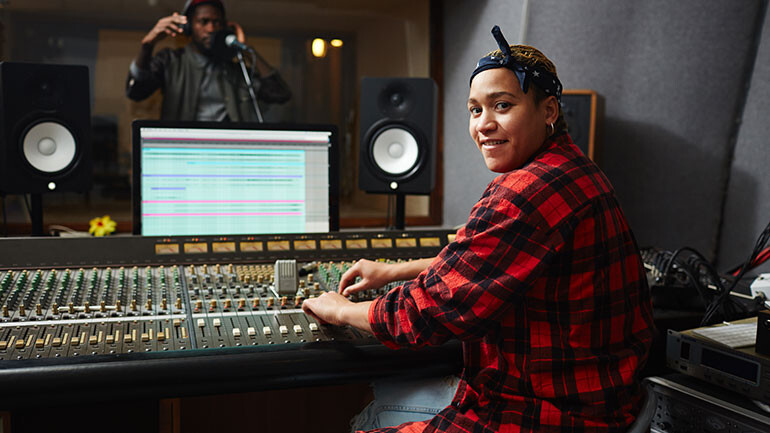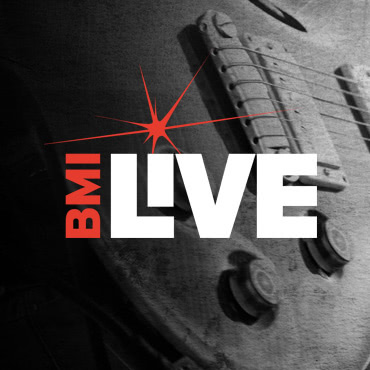6 More Studio Readiness Steps
A refresher on some of the myriad steps you’ll take to help ensure a streamlined recording session, particularly when working with others

No matter how many times you may have done it, getting ready to record a structured session involving multiple participants requires a detailed checklist to keep audio gremlins at bay and musicians working without interruption throughout.
This includes having at least a rough idea of the song arrangements in advance, thinking about positioning of the players, when to break for playbacks, how you’ll communicate with them (and remembering to be nice), suggesting helpful changes to instrumentation or performance if necessary; and of course, insisting on well-rehearsed material before any red lights go on.
Make the rules clear. Whether recording your own outfit or the music of a visiting group, make clear the limits of your generosity right from the start, especially if charging a “friends and family” rate (or nothing at all). As the subsequent mix work can be at least as taxing as tracking, you may decide to let someone else handle the job once the sessions are through. If so, you can make the transfer that much easier by clearly listing all track assigns according to instrument or vocal, EQ and/or pan positions used, as well as any processing that’s been printed. If you do choose to handle the mixing yourself, place a strict limit on how many remixes you’ll do, and, to avoid real conflict, never mix with band members present.
Check the connections. It only takes one bum cable to cover your otherwise pristine audio with annoying hum or static, and of course the more cables you’re using, the greater the chance for sonic anomalies to invade. This is why it’s best to have everything wired up at least a full day before the recording session; any suspect cabling should be replaced and always keep extras on hand just in case.
Get a feel for the sound. If you’re recording someone else’s material, it’s not a bad idea to familiarize yourself with their sound by checking out some prior recordings or a current live performance, taking into account things like overall volume level of the group and whether there will be live vocals. You should also know what kind of instrumentation is involved and plan accordingly, making sure you have the right type of mics on hand, as well as a placement scheme for getting the best sound possible with minimal leakage.
Insist on preparedness. Since you’re going to the trouble of being properly prepped, ensure that the visiting team has its act together as well, including arriving with songs that are complete and have been thoroughly rehearsed beforehand. You should also decide in advance whether to suggest structural changes to the material, if necessary (the way a hired producer might), or to simply serve as impartial recording engineer. Even if no one’s asking, though, it’s up to you to let a singer know when their pitch is off, or if the drummer accidentally speeds up halfway into the track—sooner or later they’ll figure it out, so you might as well call it as you hear it.
Record everything. Ever notice how sometimes the best moments occur during a rehearsal take, simply because the recording light’s off and no one’s really thinking? As the engineer, it’s up to you to grab those moments of spontaneous inspiration, even if it means telling the band that you’re not recording, when you actually are! With storage no longer an issue it makes much more sense to just record everything, then simply edit out all the in-between takes, false starts and studio banter while looking at your waveform later on.
Be nice. Taking care of technical needs is one thing, but running a session also requires real patience and, for lack of a better term, people skills. There was a studio in our area that was known for having some of the juiciest vintage mics you’ve ever seen—unfortunately, its crusty old owner had an unpredictable personality that rendered all that good stuff positively moot. Recording can be nerve-wracking enough without the extra attitude—which is why it’s imperative to maintain a sense of calm in the control room, offering the players intermittent breaks to allow their ears to refresh, but also keeping the momentum going once the red light is on.






Community
Connect with BMI & Professional Songwriters